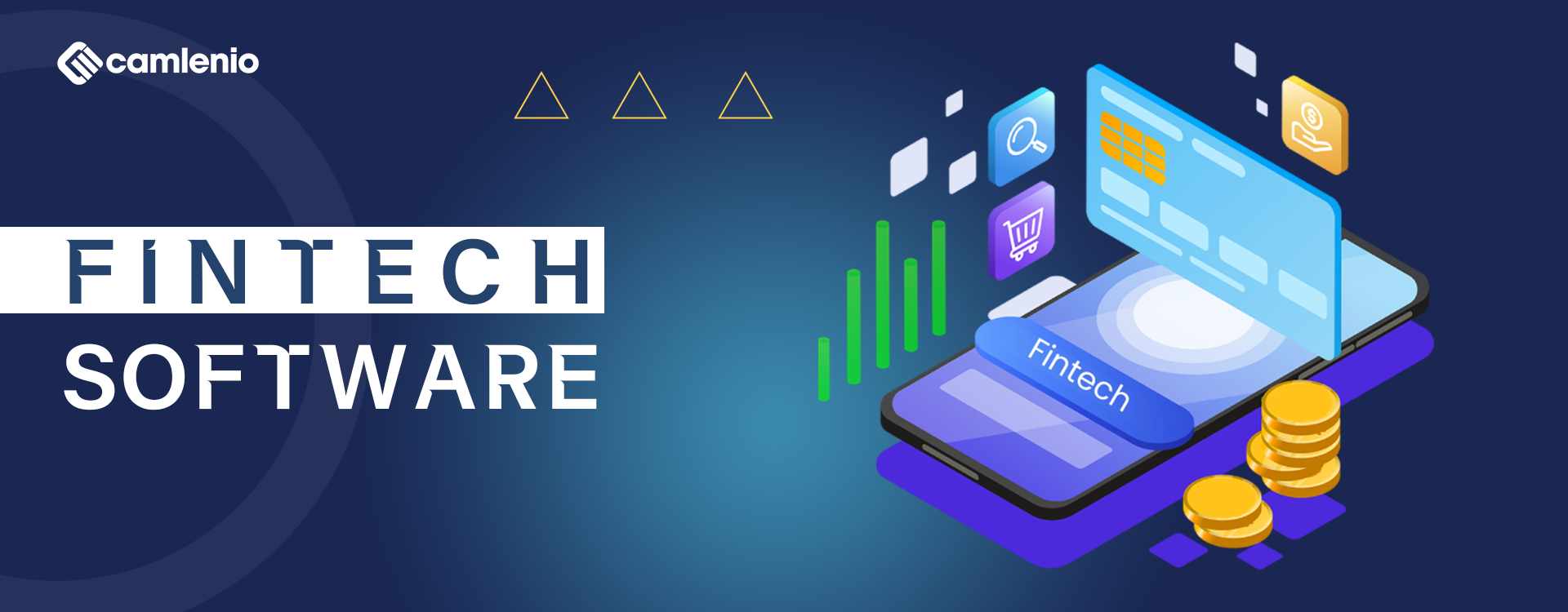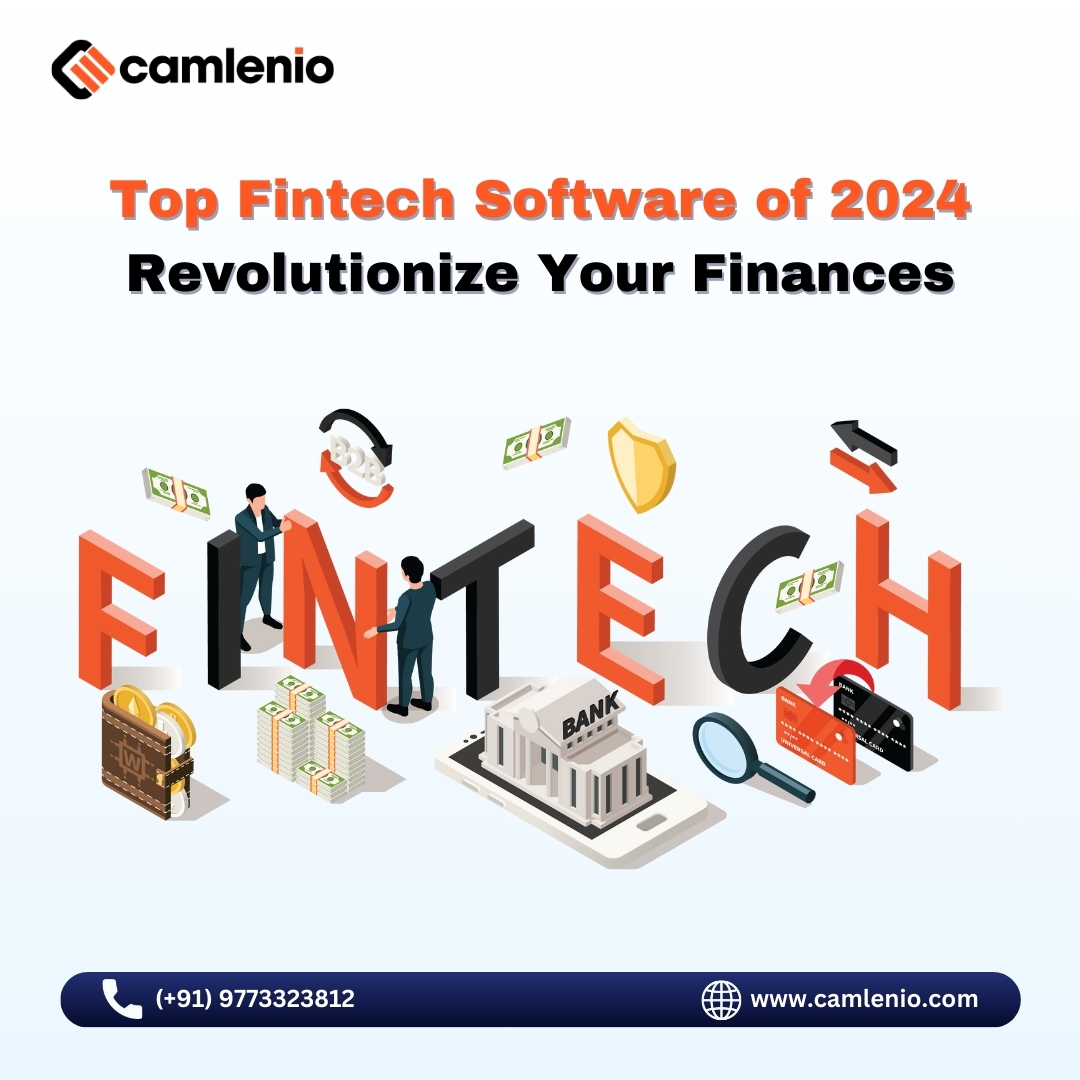Introduction to Fintech Software Development
Over the past few years, the fintech sector has been on the rise and in particular, start-ups focusing on banking, investments, payments and management of funds are the main drivers of innovation. With the increasing number of users using mobile services and looking for seamless and secured financial transactions, fintech software solutions development has become an imperative for start-ups seeking to disrupt the current financial ecosystem. In this guide, we’ll address every detail concerning the development of financial technology software for new businesses, from the essential characteristics to the tendencies in the future.
Why Fintech is Important for Startups
Fintech also assists businesses in developing solutions that are quicker, more secure, and in most cases, less expensive than the conventional financial services. With the aid of such fintech software however, startups are able to cut transaction expenses and improve customer attention while diversifying their income sources making it possible to stay relevant among many players in the market.
Understanding the Basics of Fintech Software

What is a Fintech Software?
Fintech software refers to the technical assistance developed with the main purpose of availing creative ideas in the financial services sector, and finishing off such processes with “financial” and “technology” as concepts that are aimed at changing even the most traditional financial processes. This enables both businesses and consumers to manage, improve and automate different aspects of finance, thereby making payments, lending, investments and personal finance as a whole easier and more efficient.
Key Characteristics of Fintech Software
Some of the leading characteristics are design focused on the needs of users, extensibility, adherence to the relevant financial requirements, and comprehensive systems of user protection. Since most Fintech software is designed, such features include preventing the use of sensitive information to unsecured channels by incorporating enhanced data protection encryption and secure transaction patterns.
Types of Fintech Software for Startups
- Payment Processing Solutions
These systems enable digital money movement, whether through sending or receiving payments at any given time. For instance, electronic wallets and pay-anywhere applications.
- Digital Banking Platforms
E-banking systems provide users with banking services entirely over the internet, for instance managing accounts, making transactions or applying for a loan.
- Wealth Management Solutions
Features of wealth management systems encompass providing assistance in investments and administering portfolios through automated systems and offering data analytical tools for financial planning.
- Blockchain and Cryptocurrency Platforms
These are platforms for e-Wallets to enable safe and verifiable operations thus ideal for activities such as crypto exchange, smart contracts, and decentralized finance services (DeFi).
Benefits of Fintech Software for Startups
Fintech software offers start-ups multiple benefits. They include low transaction costs, swifter payments, and enhanced client satisfaction. In addition, fintech also provides for enhanced accessibility. Therefore, it is possible for start-ups to operate and reach clients within the entire globe without any geographical constraints.
Essential Features of Fintech Software
1. Secure Authentication and Authorization
- Feature: Multi-factor authentication (MFA), biometric verification, and secure login processes.
- Benefit: These enhance security and prevent unauthorized access, ensuring users feel safe managing their finances on the platform.
2. User-Friendly Interface (UI) and Experience (UX)
- Feature: An intuitive, easy-to-navigate design with clear, responsive interfaces.
- Benefit: A well-designed UI/UX improves user satisfaction and engagement, making financial tasks simpler and faster for all user demographics.
3. Data Encryption and Privacy Protection
- Feature: Advanced encryption protocols for data protection, including SSL/TLS encryption and end-to-end encryption.
- Benefit: This protects sensitive data from potential breaches, builds trust, and ensures regulatory compliance with data privacy laws like GDPR.
4. Seamless Payment Integration
- Feature: Support for various payment methods such as credit/debit cards, bank transfers, digital wallets, and cryptocurrencies.
- Benefit: Providing multiple payment options allows users flexibility, making it easier and faster for them to complete transactions.
5. Real-Time Notifications and Alerts
- Feature: Notifications for account activity, transactions, balance updates, and any suspicious activity.
- Benefit: Real-time alerts keep users informed, enhance transparency, and improve security by allowing users to respond quickly to unauthorized activity.
Challenges in Fintech Software Development
1. Data Security and Privacy
Challenge: Fintech applications inherently involve the storage and processing of extensive amounts of private user data, such as user financial history, personal identification details, and user account information, exposing them to users’ threats.
Solution: The developer’s responsibility now includes employing contemporary methods of data storage for effective data protection, making use of multi-factor approach authentication and encryption. Periodic security assessment and also ensuring data protection law compliance like GDPR is a must.
2. Regulatory Compliance
Challenge: There is an in-depth understanding and application of the rule of law that guides the conduct of business among fintech developers. This mainly concerns financial regulations and standards like PCI-DSS, AML, KYC, and so many others, that differ geographically and are dynamic in nature.
Solution: Organizational regulators from all jurisdictions should be continuously monitored and compliance enhancing features should be designed ab initio. Also, using a system that does automatic compliance checks would also ease the burden of following these rules.
3. Scalability
Challenge: Fintech applications are expected to process multiple transactions in a short time and accommodate many users without compromising on performance or reliability.
Solution: The two helps developers to ensure scalability and high-volume transactional support through cloud infrastructure and microservices architecture respectively. A solid back-end system must be developed in order for appropriate scaling to occur.
4. User Experience (UX)
Challenge: Fintech applications present a dichotomy where security concerns clash with the needs for ease of access. Users expect friendly interfaces, fast processing of transactions, and easy access to assistance when required.
Solution: UX research, user testing, and addressing user needs are primary. Enabling easy onboarding, proper alerts, and uncomplicated processes provides a better overall experience for the user.
5. Combining Modern and Older Technologies
Problem: A lot of banks and other financial companies have legacy systems, which pose challenges in the integration with the modern fintech solutions. This restricts the functionality of the application, often leading to excessive customizations.
Approach: The use of Application Programming Interfaces and middleware helps in connecting to the current systems. There is also the need for adopting an application programming interface (API)-first strategy embedded into a product because it eases the possibilities of internal as well as external integrations in the future.
Technology Stack for Fintech Software Development
The usual technology provisioning models will be backend Java or Python, frontend development with either React or Angular, and AWS or Azure as cloud vendors. It is also common to find Blockchain technology, AI, and Machine learning for advanced fintech applications.
Cost Considerations for Fintech Software Development
The costs related to the process of development may differ in accordance with things such as the intricacy of the project, the background of the team, and the technology stack. In case of new ventures especially accelerators, it is best to stick to an MVP i.e. a Minimum Viable Product so as to limit costs at the beginning while conducting market tests on the idea.
Best Practices for Successful Fintech Development
Prioritize Security: Implement advanced encryption and security protocols.
Focus on Compliance: Ensure alignment with regional regulations.
Maintain Scalability: Build the software to support future growth.
Enhance User Experience: A user-centered design can drive adoption and retention.
Conclusion
Such is the case, for instance, that Fintech software development provides abundant room for all startup companies with an inclination towards organizational capabilities in the financial sector. Startups are able to develop secure, intuitive and flexible fintech applications that are in line with the market requirements by resourcing basic understanding, essential characteristics, and overcoming obstacles. Of course, in terms of risks and level of capitalization, primarily focuses on development, and so trends in innovation can be grasped quite easily so as the schemes of structuring a development model, etc. Fintech start-ups are also likely to prevail as there is an appropriate development strategy in place and emphasis on adherence to regulations and safety requirements.

